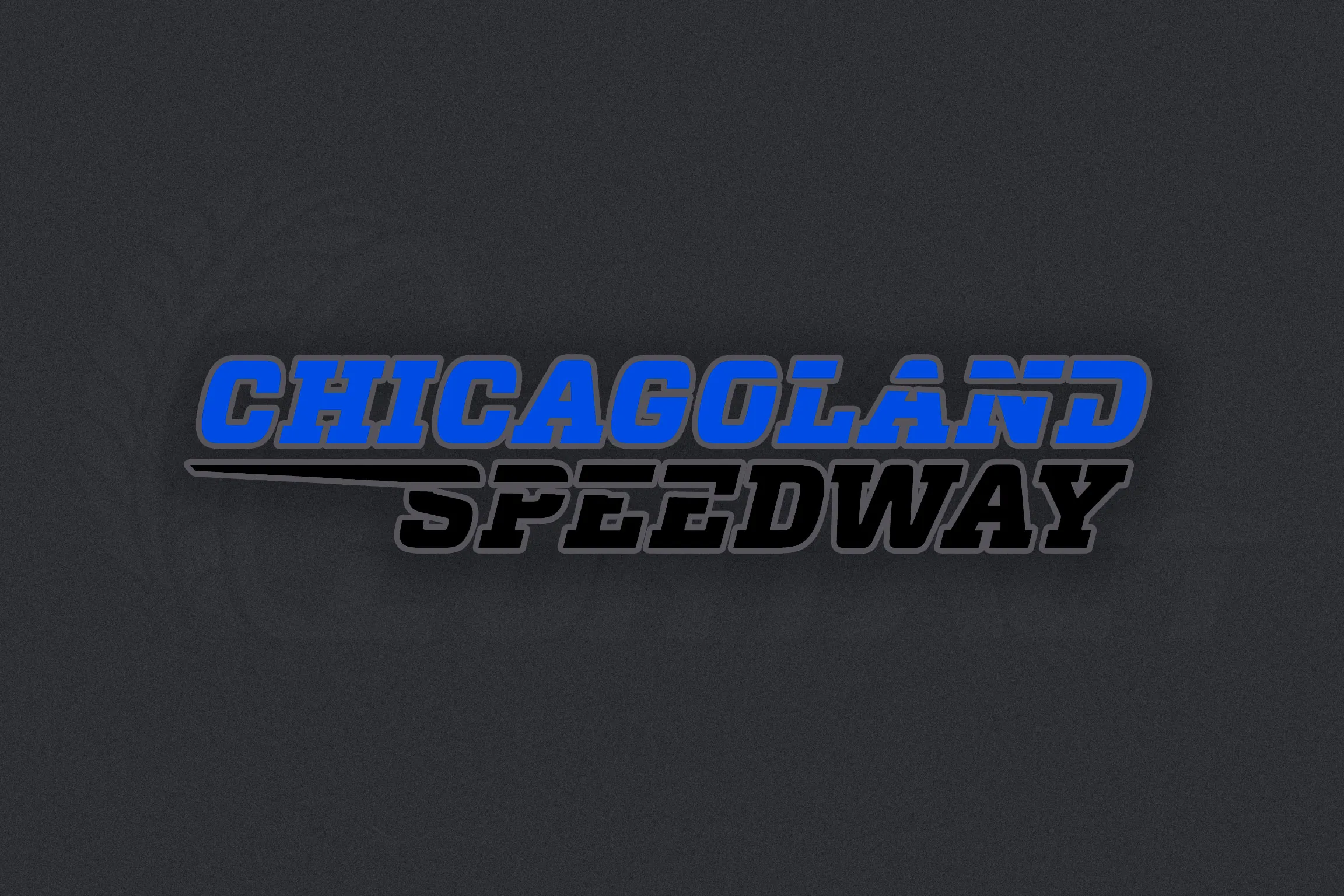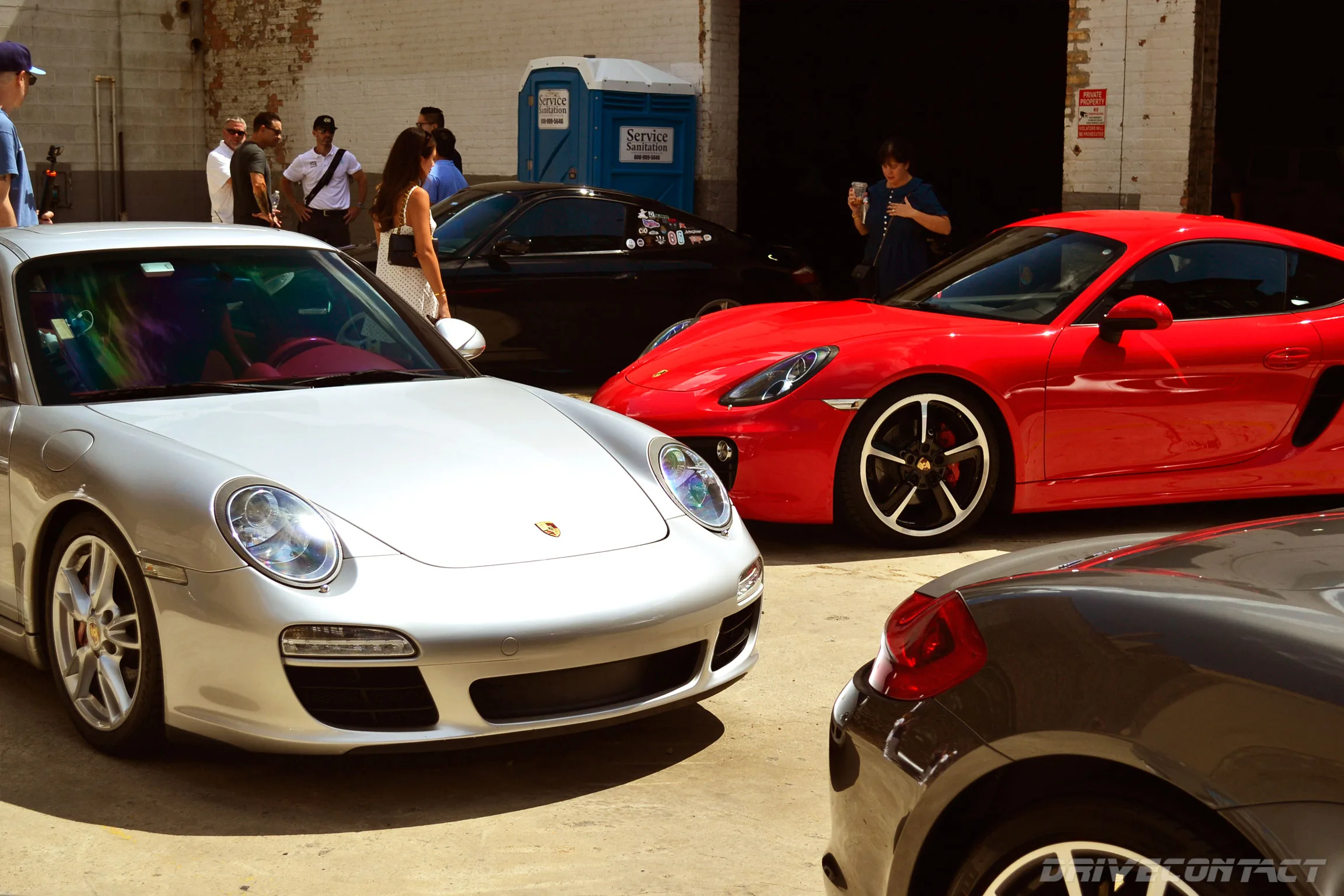Chicagoland Speedway stands as one of the Midwest’s premier motorsports facilities, combining modern engineering with a rich, albeit relatively short, history of hosting some of the most thrilling races in American motorsport.
Located in Joliet, Illinois, just 40 miles southwest of downtown Chicago, the track has played a pivotal role in NASCAR and IndyCar racing since its opening in 2001.
Vision and Construction: Filling a Motor Racing Void
Before Chicagoland Speedway, the Chicago metropolitan area lacked a dedicated high-profile oval track that could draw top-level racing series. In the mid-1990s, recognizing this gap, Bill France Jr. of International Speedway Corporation and Tony George of Indianapolis Motor Speedway formed the Motorsports Alliance to find an ideal location near Chicago for a world-class racing facility.

After extensive research, local support, and cooperation, Joliet was selected for the site. The anticipated economic impact was significant, with projections of $300 million in revenue and over 3,000 jobs benefiting the surrounding communities. Groundbreaking began on September 28, 1999, marking the start of an ambitious construction project led by HNTB and Bovis Lend Lease, leveraging expertise from landmark stadiums such as the RCA Dome and the Rose Bowl.
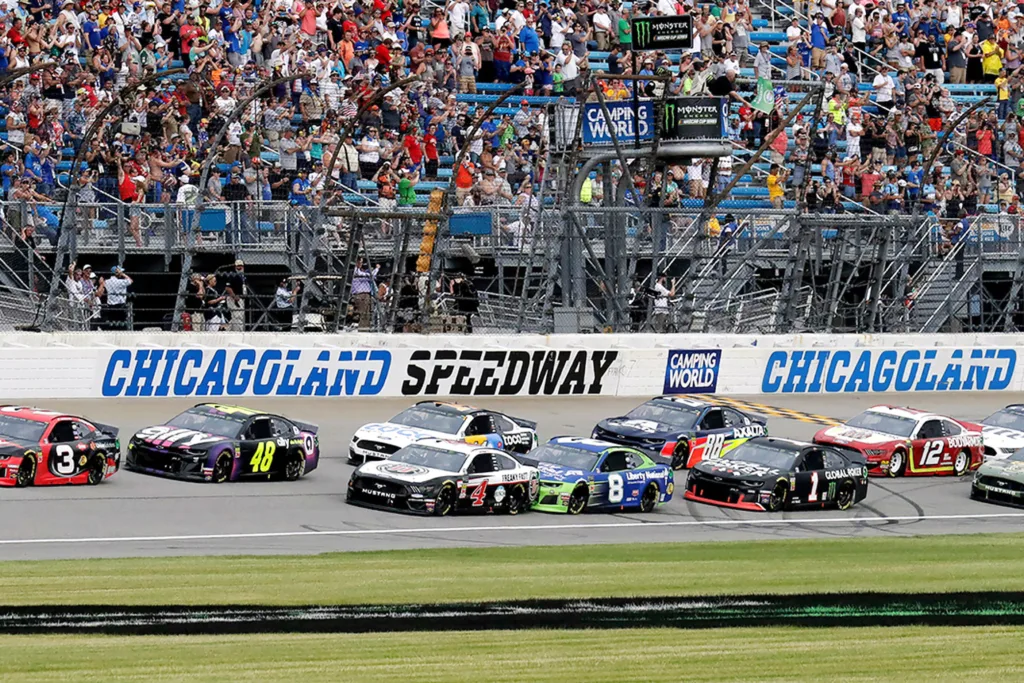
Track Design: Engineering for Competitive Racing
The 1.5-mile tri-oval track was carefully engineered with variable banking—18.5 degrees in the turns, 11 degrees on the frontstretch, and 5 degrees on the backstretch—to promote high speeds and close racing. Uniquely, the front and back stretches feature subtle kinks rather than flat straights, challenging drivers to adapt their lines and setups throughout a lap. This design fosters exciting racing dynamics, avoiding the monotony often associated with “cookie-cutter” intermediate ovals.

Memorable Events and Racing Milestones
Chicagoland Speedway quickly gained renown as a venue of thrilling finishes. The NASCAR Cup Series Tropicana 400 raced here since 2001, drawing sellout crowds and competitive fields. From its inauguration, stars like Kevin Harvick emerged victorious, with subsequent repeat wins underscoring the track’s challenge and prestige.
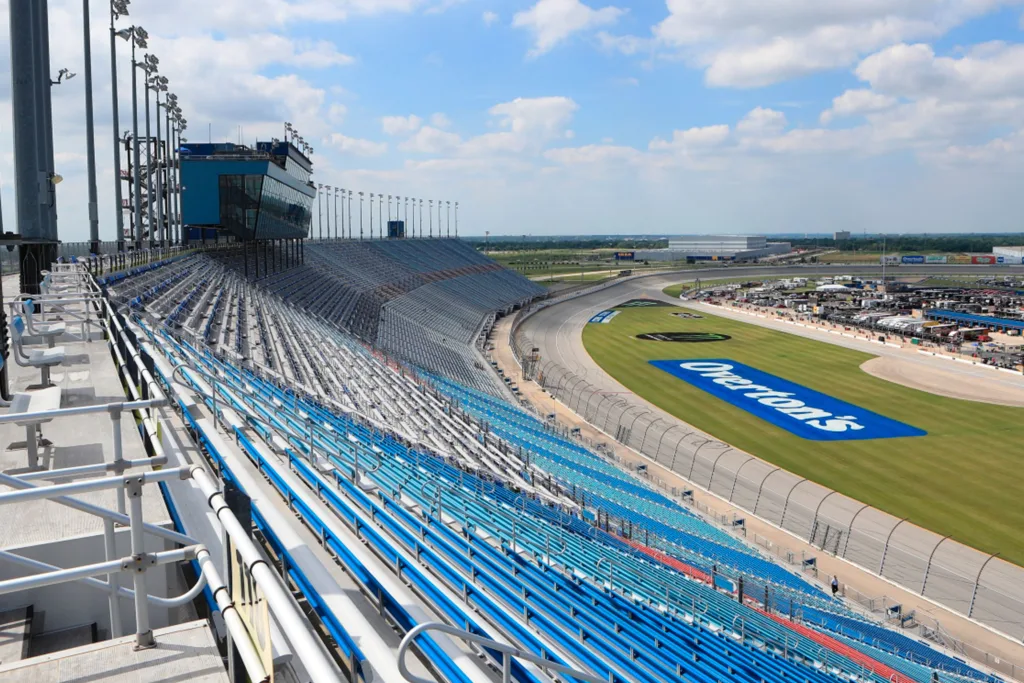
Equally notable is the speedway’s IndyCar legacy, highlighted by the closest finish in the series’ history in 2002 when Sam Hornish Jr. edged out Al Unser Jr. by a mere 0.0024 seconds—a battle fought over 22 laps as part of a drafting duel involving ten cars.

Elevating Fan Experience and Safety
Over the years, the track adapted to changing motorsport needs and fan expectations. In 2007, the International Speedway Corporation acquired complete ownership, streamlining operations and enabling enhancements such as the installation of SAFER barriers to improve driver safety.
By 2008, the speedway installed extensive lighting systems, enabling the excitement of night racing, further adding to the venue’s appeal.
With shifting attendance trends, seating capacity was adjusted from over 75,000 to approximately 47,000 current seats, balancing fan comfort with event quality.
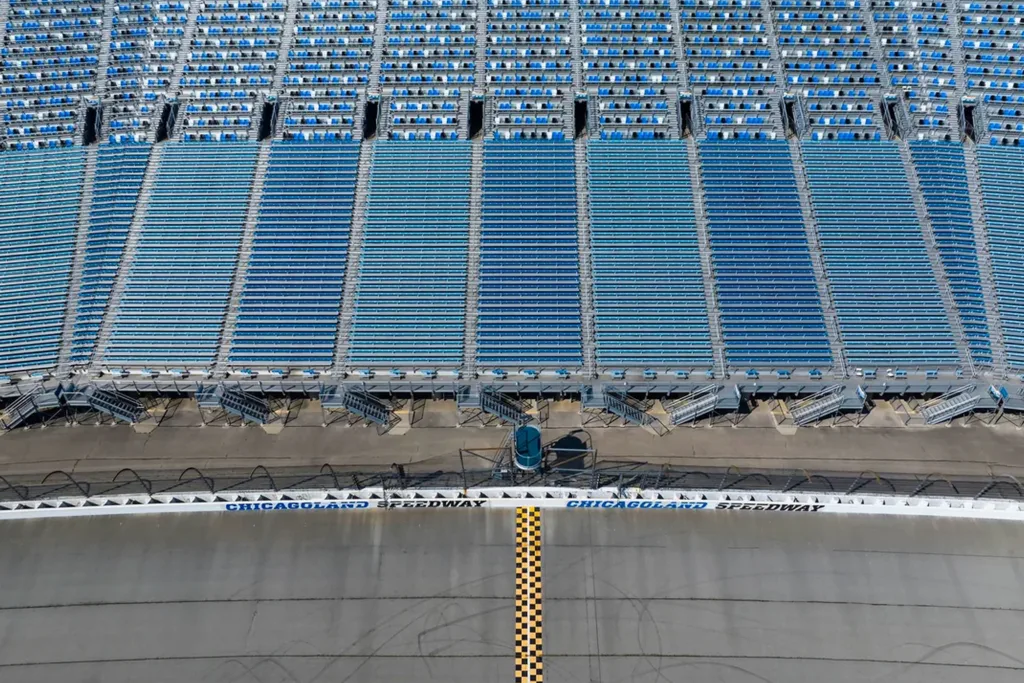
Economic and Community Role
Beyond the racetrack, Chicagoland Speedway has been a significant economic driver for the Joliet area and Will County. Its events generate tourism revenue, provide seasonal employment, and underpin numerous local businesses. The track also actively engages in community outreach and motorsports development, nurturing grassroots racing and education initiatives.
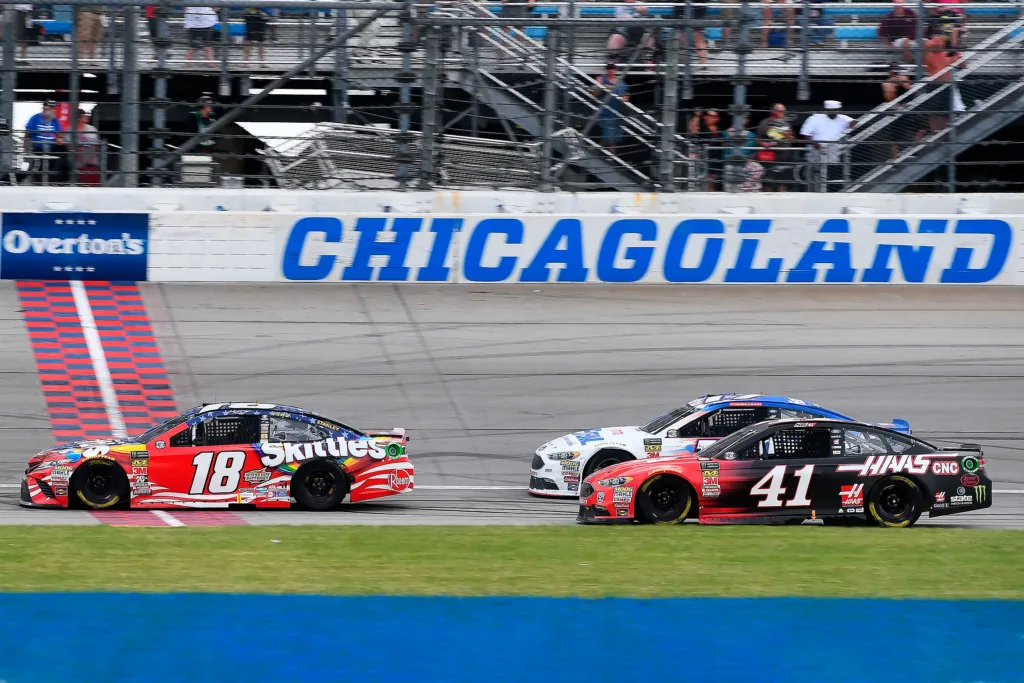
Looking Ahead: Preserving Legacy, Embracing Change
While motorsport evolves, Chicagoland Speedway remains committed to offering thrilling racing experiences and adapting to new trends. Its unique track layout, deep-rooted history, and fan-centric approach ensure it remains a valued venue. Continued modernization efforts and potential race schedule changes reflect a future-oriented mindset designed to meet competitive marketplace demands and audience expectations.

Conclusion
The Chicagoland Speedway is more than just a race track; it is a symbol of strategic vision, engineering excellence, and competitive spirit in American motorsports. From groundbreaking economic contributions to unforgettable racing moments, it holds a unique place in the racing landscape. As one of NASCAR and IndyCar’s notable venues, where close finishes and strategic racing unfold, Chicagoland continues to echo the vibrant legacy of motorsport’s heartland.

